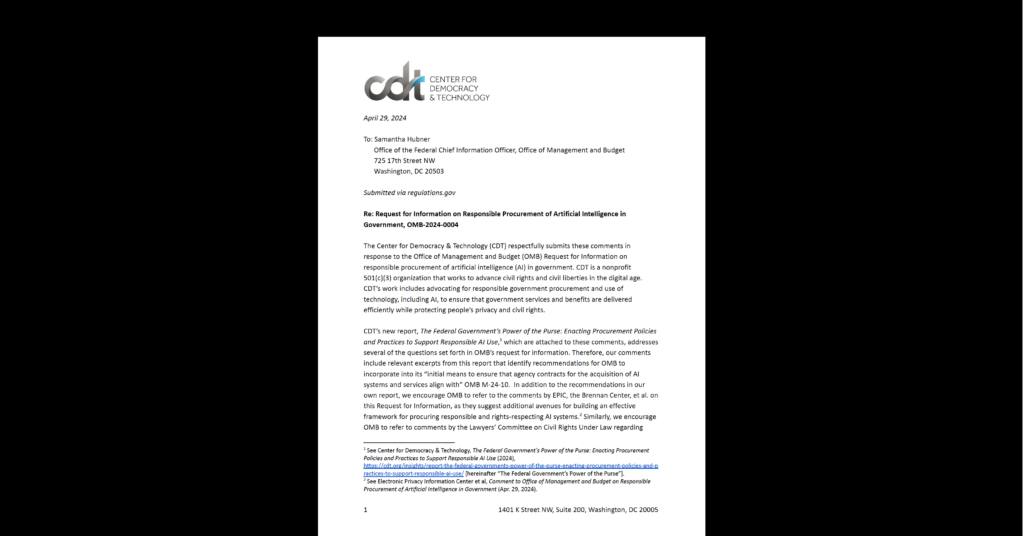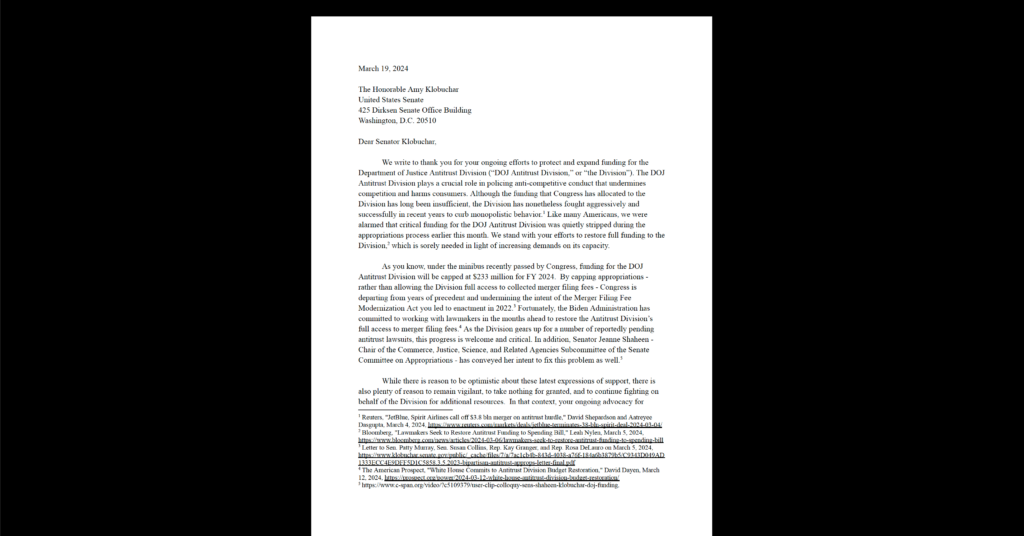Advice for the Patent and Trademark Office on Evaluating Voluntary I.P. Enforcement
The Administration has reaffirmed its support for the idea of voluntary, cooperative initiatives to fight online intellectual property infringement. And there seems to be a trend in that direction. But how do such initiatives work in practice? The U.S. Patent and Trademark Office (PTO) has been tasked with studying that question. Yesterday, CDT submitted comments offering some considerations that PTO should take into account.
CDT’s comments make three basic points:
- The effort to evaluate voluntary initiatives will be complicated by the fact that, as privately run programs, transparency about operational details is generally quite limited.
- It will be important for PTO to look not just at how well these initiatives discourage infringement, but also how well they avoid mistakes, over-breadth, and collateral damage. For example, as CDT has noted with respect to the Copyright Alert System, there could be hassles and unfair restrictions for Internet users if implementation were to go awry. If PTO aims to assess the real-world consequences of voluntary initiatives, it needs to evaluate the extent to which the programs operate in a reliably fair and accurate fashion, and the extent to which they risk running afoul of important values like due process and free expression.
- The PTO should be careful about placing too much weight on statistics regarding the persistence of piracy. Many factors influence the overall level of infringement activity, and nobody seriously believes that voluntary initiatives (or any other enforcement program, for that matter) can substantially eliminate online piracy. Moreover, a core intention of many voluntary initiatives is to help influence public attitudes and perceptions about illicit distribution channels – because in the long term, gradually changing public attitudes is the best hope for achieving lasting reductions in infringement. Any full assessment of voluntary enforcement initiatives, therefore, needs to consider metrics concerning the reach and success of the programs’ public education functions.
Voluntary I.P. enforcement may help achieve progress in the battle against infringement. It also carries some risks. Hopefully PTO will be able to compile some useful information about how such initiatives are operating in practice.


